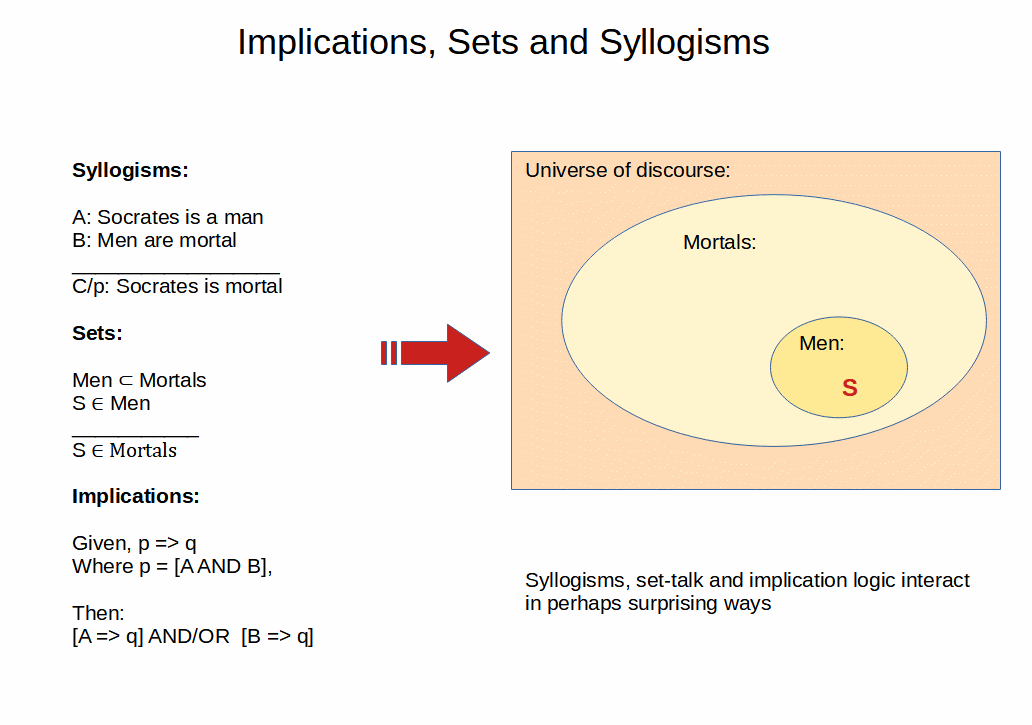

When Emil Post, in his 1921 "Introduction to a General Theory of Elementary Propositions", extended his proof of the consistency of the propositional calculus (i.e. Moreover, it seems as if this notion would simultaneously have to be "outside" the formal system in the definition of tautology. A demonstration that it is not the case that both the formula p and its negation ~p can be derived in the system.īut by whatever method one goes about it, all consistency proofs would seem to necessitate the primitive notion of contradiction.In general, a consistency proof requires the following two things: The notion of contradiction in an axiomatic system and a proof of its consistency In fact, this often occurs in a proof by contradiction to indicate that the original assumption was proved false-and hence that its negation must be true. It is not uncommon to see Q.E.D., or some of its variants, immediately after a contradiction symbol. In modern formal logic and type theory, the term is mainly used instead for a single proposition, often denoted by the falsum symbol ⊥ /, and ※ in any symbolism, a contradiction may be substituted for the truth value " false", as symbolized, for instance, by "0" (as is common in boolean algebra). Illustrating a general tendency in applied logic, Aristotle's law of noncontradiction states that "It is impossible that the same thing can at the same time both belong and not belong to the same object and in the same respect." It is often used as a tool to detect disingenuous beliefs and bias. In traditional logic, a contradiction occurs when a proposition conflicts either with itself or established fact.

This diagram shows the contradictory relationships between categorical propositions in the square of opposition of Aristotelian logic.


 0 kommentar(er)
0 kommentar(er)
